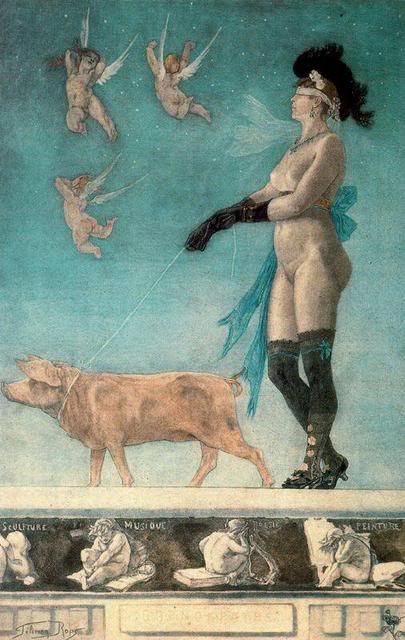Gordana Ristic, pic borrowed from Pinterest
In the case of frankincense, which happens to be the main material of ecclesiastical incense -the kind that is burned in censers in Christian Orthodox and Catholic churches- the association with church is a given, even for the non-pious. The emanations from the church escape into the air, and the congregation has fumigated their clothes during service just enough, so that a subtle trail can be caught by a sensitive nose outside afterwards.
Zagorsk, composed by Evelyn Boulanger, is fittingly dedicated to the Eastern orthodox churches. I picture them on Eastern European soil as a solace from the cold, but also bearing the birch (leathery, tarry) and fir atmosphere of the outside, the coniferous tonalities that befit countries of vast forests. Plus I detect a clean clove note, embracing the cold, which is inextricably tied to my mind with Russia and Eastern Europe; those Soviet carnation scents must have been at the root of that.
It's perfect for winter weather and it is alongside Vert d' Encens by Tom Ford, lamentably discontinued, a green incense that defies that cliche of heavy and cloying incenses that are so full of balsams that they cease to smell of frankincense and turn like orientalized soups of lead-ladden notes. Worth seeking out for a long-drawn sniff.
.jpg)









